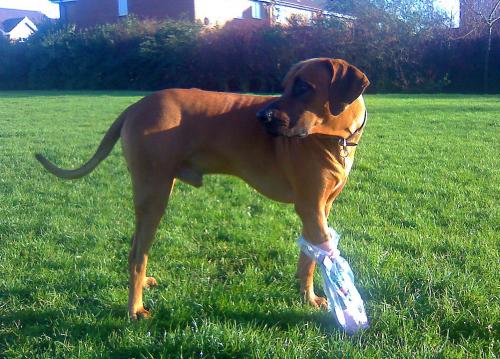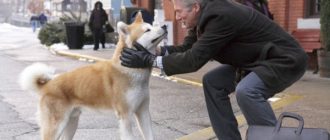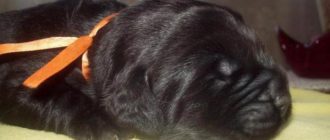Despite the low profile, your dog’s legs take first place in importance. How the dog will navigate and move around without the support of four healthy paws?

The pads on the paws of dogs are quite thick and soft, they provide traction and prevent slipping. These pads also protect the bones and joints of the legs from stress while walking and running. Another important function of the pads is to protect your feet from extreme weather conditions (cold and heat)
What happens if the dog damages the paw pads?
Contents
Healthy pads are critical, so their injuries require close attention. Never lose sight if your dog is limping or licking them. Dog paws can be cut, punctured, or burned.
A damaged pad cannot be sutured, therefore healing Cuts and punctures can take quite a while. Walks on an injured leg often interferes with and delays healing. If If the dog begins the infection, then a simple cut can end a much more serious problem than a leg injury. Since even minor cushion injuries can be intractable, good the idea is to provide first aid at home, and only then Contact your veterinarian as soon as possible.
What to do if a dog cuts a pad on his paw?
- Clean the wound. Remove all foreign objects such as glass. or metal fragments that could get stuck in a pillow. If a foreign object can be reached with tweezers, then carefully delete it. Rinse the paws with cold water, for example, from a hose, help remove the smallest particles. If splinters and dirt are deep, then leave them alone. Worry too deep wounds can worsen injury and cause pain. Caution and safe removal of deep fragments will be done by a veterinarian who can reassure the dog to make the procedure more comfortable. To disinfect the wound, use a mild antibacterial soap or betadine.
- To stop bleeding, use a clean towel with Using which, gently press on the wound. Bleeding with minor cuts stops within minutes but deep wounds can bleed much longer. Besides, bleeding may resume if the dog tries to walk on leg. If you can’t stop the bleeding within 10-15 minutes, then you should immediately seek veterinary help.
- Bandage the wound. Use gauze swabs to gently surrounded the pillow and absorbed blood. It is important to bandage the dog’s paw including the ankle (wrist). This dressing will prevent swelling. bandage injuries and slipping. Make sure the blindfold is not obstructed when tight, you should be able to insert your finger between the bandage and with the foot of the dog.
- Change your dressing daily. If your dog will chew bandage, then try to spray on it an unpleasant product, like a bitter apple. Keep the bandage in a plastic bag, when she walks on wet wet grass. Take a closer look the bandage may have wet discharge or it will bad smell. In this case, you should contact to the vet, as this may be a sign of infection. If the wound will bleed even after three days, then you need to commit repeated call to a veterinarian who can prescribe powerful antibiotics and other drugs that promote faster healing.
What to do if a dog burns paw pads?
In addition to cuts and punctures, dogs often burn their pads paws high temperatures and chemicals. If your the dog licks the base of its legs or is lame after summer or winter walk, you should calm her paws in the room bath temperature. If the pads discolor or start peel off, then consult your veterinarian. Severe burns must be handled professionally.
Dog paw burns can also be caused by chemical substances. If your dog stepped on caustic, then you keep her foot under running water for several minutes. Then wash the paw with soap and dry thoroughly. To To avoid skin irritation, you should carry out the procedure in gloves. Caustic can burn you as well.
Apply an antibiotic ointment to the burn and bandage the paw. Regularly Inspect and monitor wound healing.
How to prevent injury to the paw pads in dogs?
To avoid such injuries, inspect all areas where your the dog walks and plays. Remove all possible glass fragments, metal and other sharp objects. Avoid walking hot sidewalks in the summer and protect your dog’s legs during the winter. Remember that if you can’t walk barefoot on a certain terrain, then your dog will not be able to either!






